In our increasingly connected world, most people consider themselves lucky if they can stumble through a second language. Yet scattered across the globe, there are remarkable communities where trilingualism isn’t just common — it’s a daily necessity. These aren’t cosmopolitan cities or tourist hotspots but smaller towns where history, geography, and culture have created unique linguistic melting pots.
Here’s a list of 20 towns where switching between three languages is as natural as changing clothes.
Strasbourg, France

This charming Alsatian city sits right on the French-German border making it a linguistic playground. Locals effortlessly switch between French, German, and the regional Alsatian dialects throughout their day.
You might hear a shopkeeper greet customers in French, chat with colleagues in German, and then call their grandmother in Alsatian, all before lunch.
Chur, Switzerland

Nestled in the Swiss Alps, Chur residents navigate daily life using German, Italian, and Romansh, Switzerland’s fourth official language. The town serves as a gateway to different linguistic regions, so speaking all three isn’t just helpful. It’s essential for business and social life.
Think of it as having three keys to unlock different cultural doors in the same neighborhood.
Like Travel Pug’s content? Follow us on MSN.
El Paso, Texas
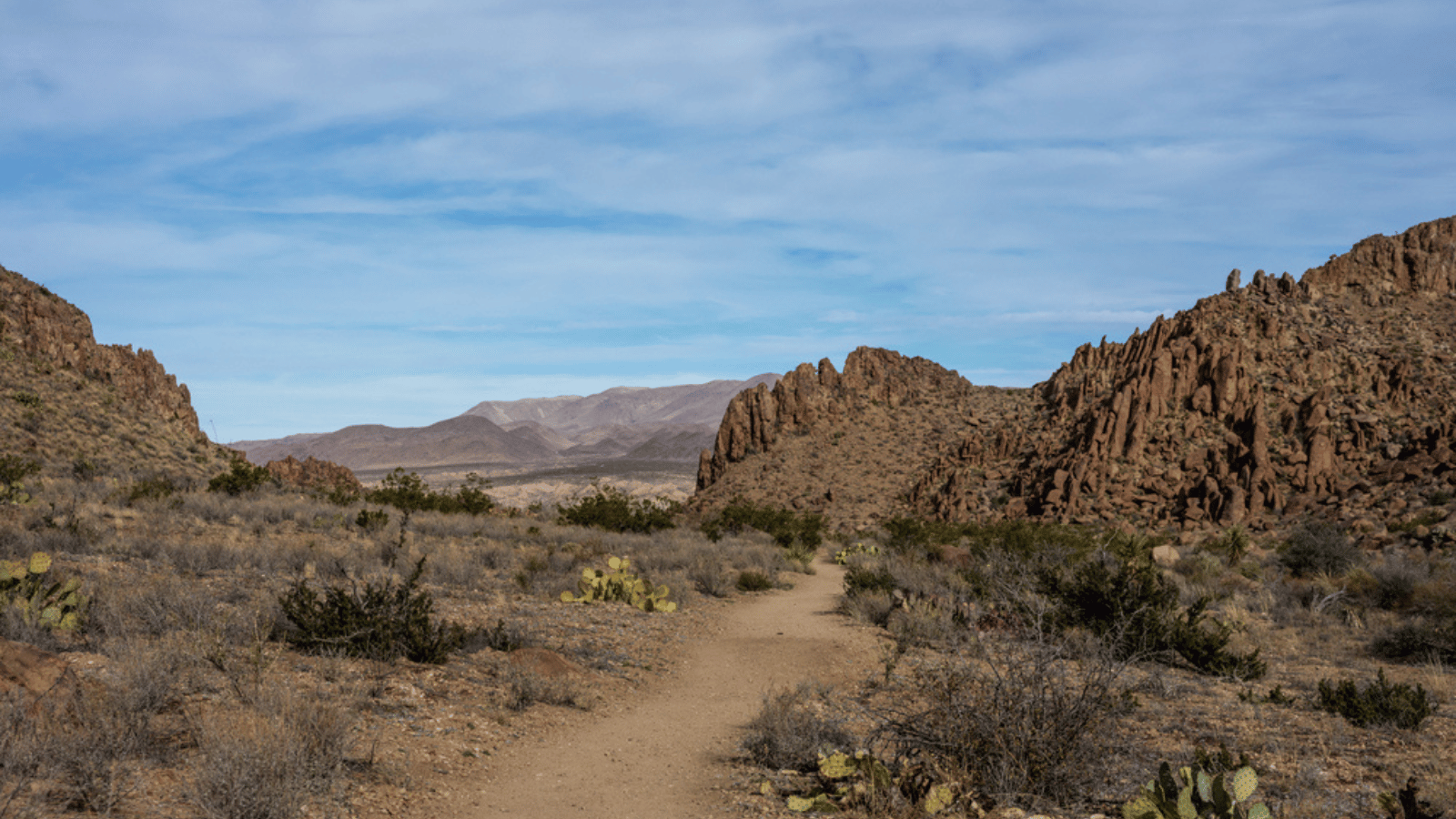
This border city creates a fascinating trilingual environment where English, Spanish, and indigenous languages, such as Nahuatl, blend seamlessly. Many families maintain their ancestral tongues while adapting to American and Mexican influences.
Walking through El Paso feels like stepping into a living language laboratory where cultures naturally merge.
Mostar, Bosnia and Herzegovina
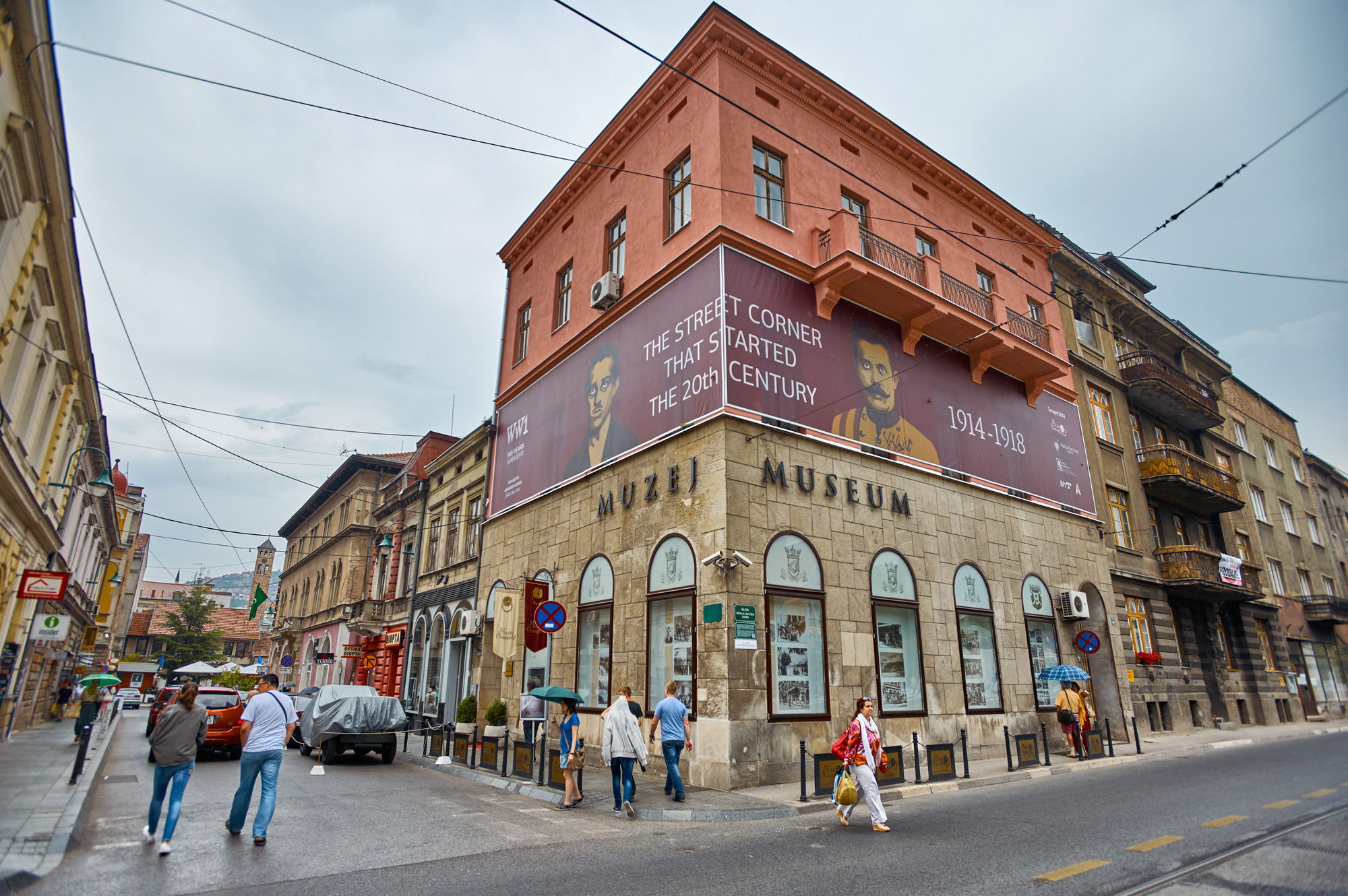
The historic bridge city brings together Bosnians, Croats, and Serbs in daily conversations. While these languages share similarities, locals distinctly use each one depending on context and community.
The linguistic diversity mirrors the town’s complex cultural heritage, where language choice can signal identity, respect, or simply practical communication needs.
Bolzano, Italy
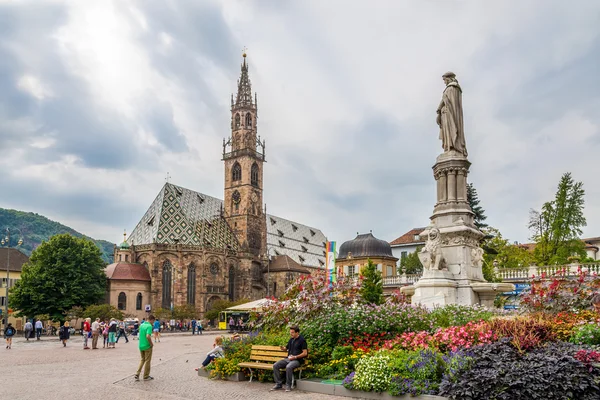
Located in South Tyrol, this alpine town operates in Italian, German, and Ladin — a Romance language spoken in the Dolomites. Street signs appear in all three languages, and locals switch naturally depending on who they’re addressing.
It’s like having a built-in cultural translator system — one that makes everyone feel at home.
Like Travel Pug’s content? Follow us on MSN.
Kirkenes, Norway
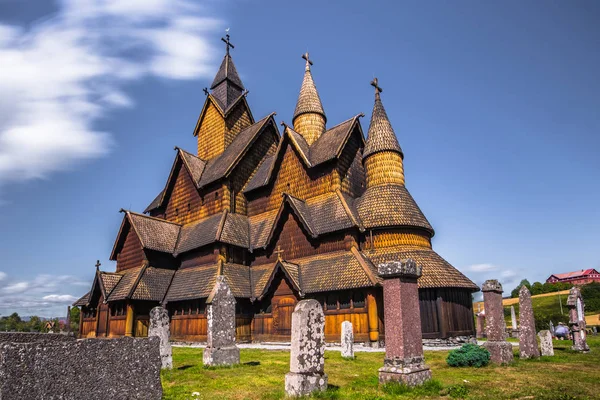
This Arctic town, located near the Russian and Finnish borders, creates unique linguistic situations where the Norwegian, Russian, and Sami languages intersect. Local businesses cater to diverse populations, making trilingual communication a practical necessity rather than an academic exercise.
The aurora borealis isn’t the only thing that dances across cultures here.
Ceuta, Spain
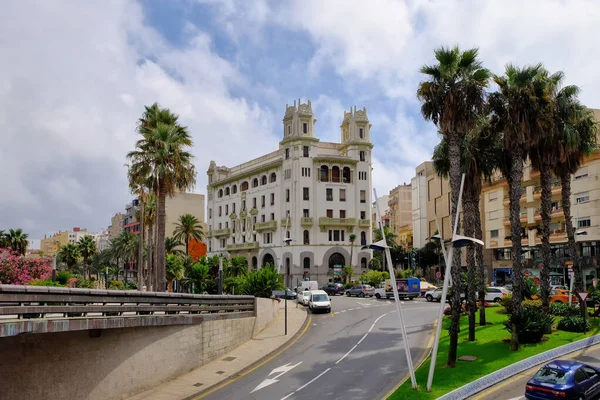
This Spanish enclave in North Africa brings together Spanish, Arabic, and Berber languages in fascinating ways. Local markets buzz with trilingual negotiations while families often preserve different languages for different relationships and situations.
The Mediterranean location creates a natural bridge between European and African linguistic traditions.
Aosta, Italy
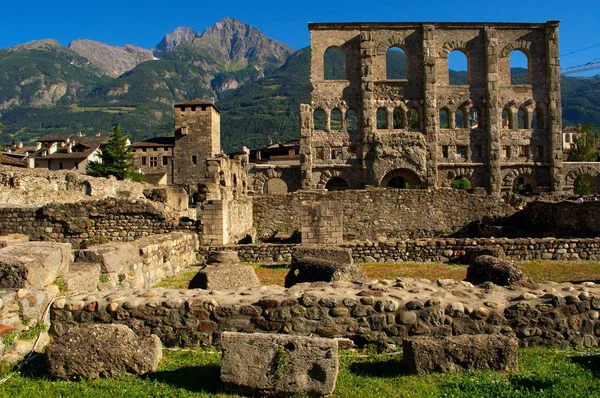
Tucked in the Italian Alps near France and Switzerland, Aosta residents seamlessly blend Italian, French, and Franco-Provençal dialects. The valley’s strategic location has created generations of natural polyglots who switch languages like changing hiking trails.
Local festivals celebrate this linguistic diversity — treating it as a source of regional pride.
Like Travel Pug’s content? Follow us on MSN.
Eupen, Belgium
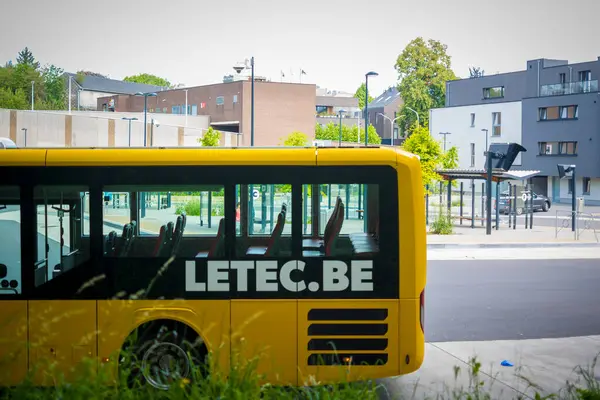
This small German-speaking community in eastern Belgium operates with German, French, and Dutch as daily languages. Being part of Belgium while maintaining German identity creates interesting code-switching scenarios throughout the day.
Residents treat their trilingual ability like a superpower — one that opens doors across multiple countries.
Târgu Mureș, Romania
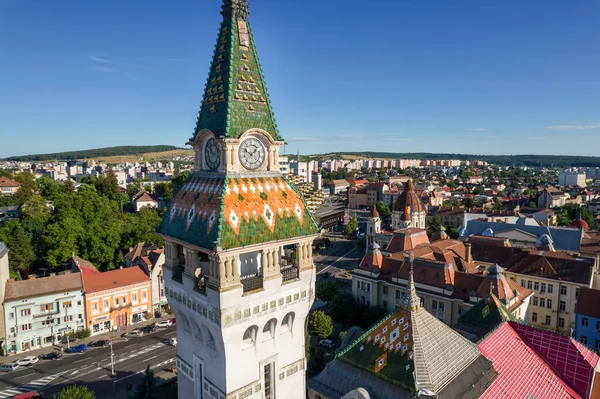
This Transylvanian city brings together Romanians, Hungarians, and Germans in daily interactions, reflecting centuries of multicultural coexistence. Business meetings might start in Romanian, continue in Hungarian, and conclude in German, depending on the participants.
The linguistic flexibility mirrors the region’s complex but rich cultural tapestry.
Biel/Bienne, Switzerland
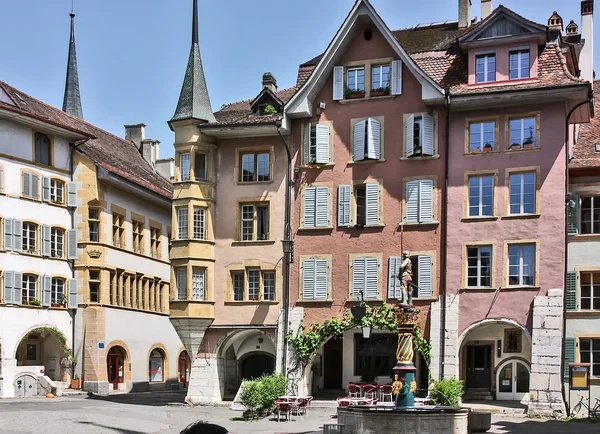
Switzerland’s only officially bilingual city adds English to its French-German foundation, creating a trilingual environment in daily commerce and education. Watch townspeople effortlessly switch languages mid-conversation based on who joins the discussion.
It’s like having linguistic gear shifts that automatically adjust to social situations.
Like Travel Pug’s content? Follow us on MSN.
Pécs, Hungary
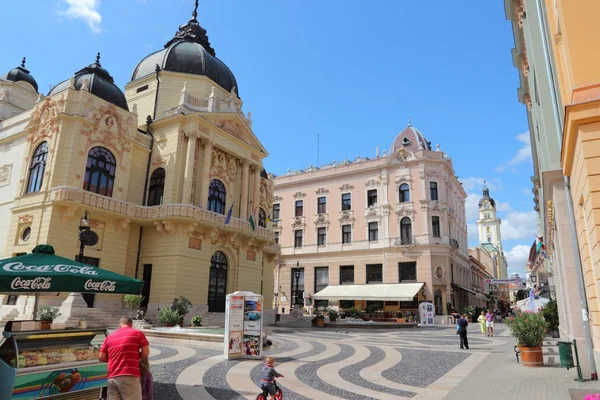
Near the Croatian and Serbian borders, this historic city maintains Hungarian, German, and Croatian in various community settings. Universities and cultural institutions preserve these languages while locals use them for different social and professional purposes.
The linguistic diversity adds layers to an already rich cultural heritage.
Klagenfurt, Austria
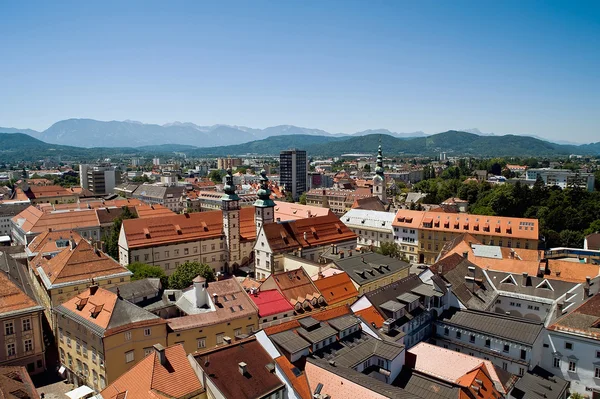
This Carinthian capital is situated near Slovenia and Italy, offering natural trilingual opportunities with German, Slovenian, and Italian. Local families often maintain different languages for different generations or social circles.
The lakes and mountains provide a stunning backdrop for this linguistic convergence.
Valletta, Malta
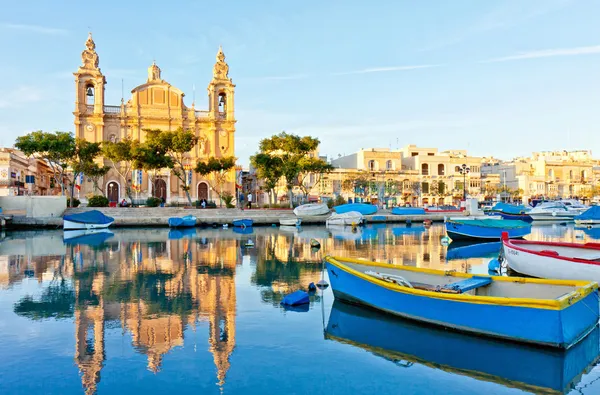
Malta’s tiny capital operates with Maltese, English, and Italian as functional daily languages. Government workers might draft documents in English, chat with colleagues in Maltese, and then assist Italian tourists — all at the same time.
The island’s strategic Mediterranean position has created this natural linguistic hub over centuries.
Like Travel Pug’s content? Follow us on MSN.
Brasov, Romania
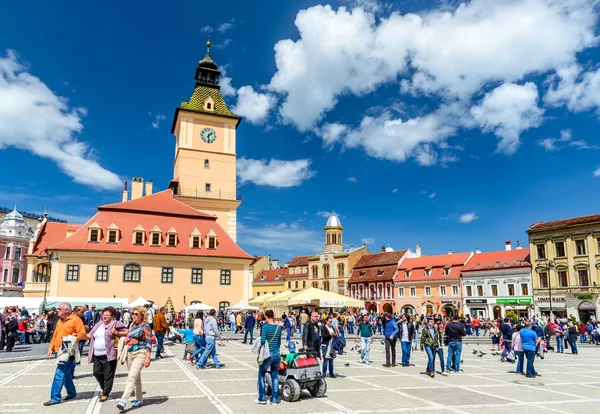
Located in Transylvania, this medieval city maintains Romanian, Hungarian, and German through various community groups and institutions. The old town echoes with different languages as tourists and locals interact throughout the day.
Saxon heritage, Hungarian history, and Romanian presence create ongoing trilingual conversations.
Limburg, Netherlands
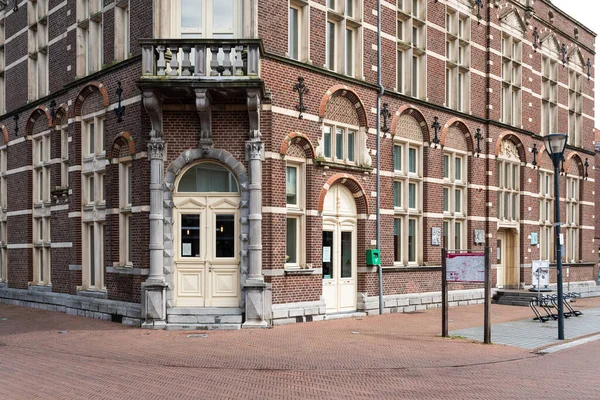
This southern Dutch city, located near Belgium and Germany, operates with Dutch, German, and Limburgish dialects in daily life. Local businesses adapt to customers from three countries, though residents naturally code-switch based on context.
The linguistic borders blur just like the political ones in this corner of Europe.
Trieste, Italy
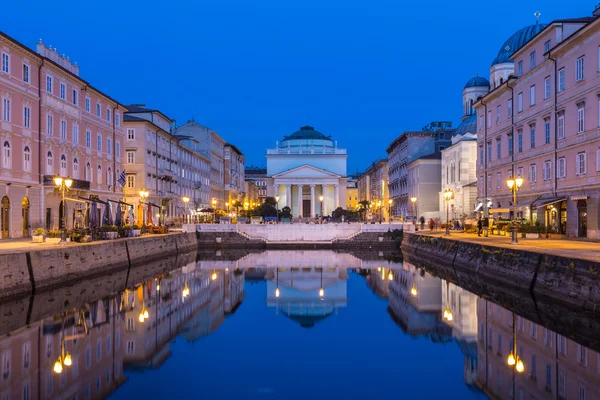
This port city, where Italy meets Slovenia, brings together Italian, Slovenian, and German influences in maritime commerce and daily life. Coffee shops serve customers in multiple languages while the Adriatic breeze carries conversations in various tongues.
The city’s cosmopolitan history lives on through its multilingual presence.
Like Travel Pug’s content? Follow us on MSN.
Osijek, Croatia
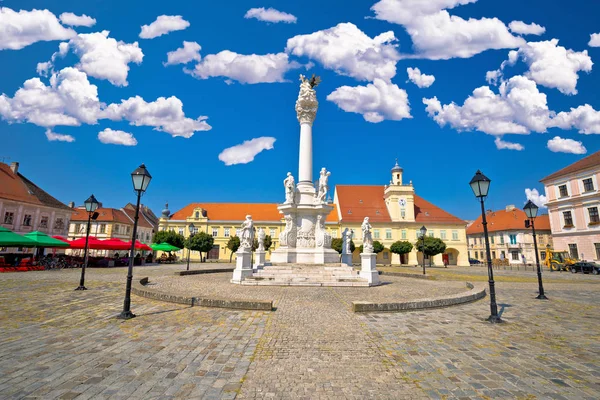
Near the Hungarian and Serbian borders, this Slavonian city maintains Croatian, Hungarian, and Serbian in different community contexts. Local festivals showcase this linguistic diversity, while daily commerce requires flexibility across all three languages.
The Drava River carries linguistic influences from multiple directions.
Maribor, Slovenia
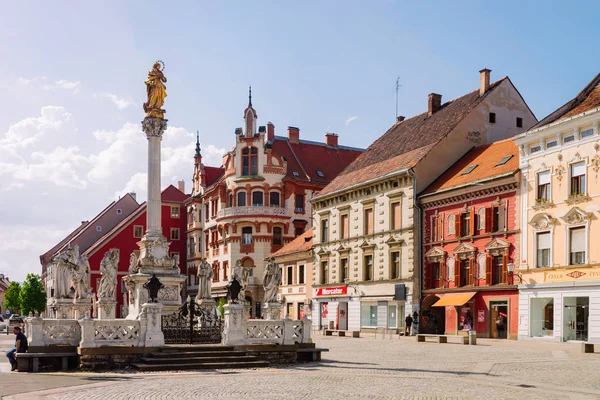
Slovenia’s second-largest city operates with Slovenian, German, and Hungarian due to its proximity to Austria and Hungary. Wine festivals bring together speakers of all three languages in celebration of regional traditions.
The linguistic blend is as complex and satisfying as the local vintages.
Gibraltar
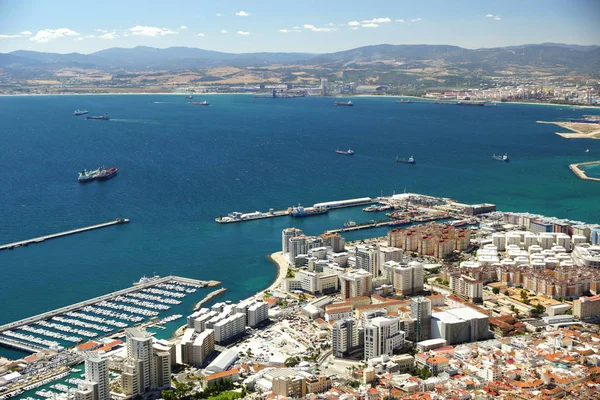
This British territory brings together English, Spanish, and Llanito, the local mixed language, in unique daily combinations. Residents might conduct business in English, shop in Spanish, and then chat with neighbors in Llanito.
The Rock of Gibraltar stands as a linguistic landmark where languages meet the sea.
Like Travel Pug’s content? Follow us on MSN.
Where Languages Live Together

These towns prove that multilingualism isn’t just about globalization or modern connectivity — it’s about communities that have learned to embrace linguistic diversity as a natural part of daily life.
From Alpine valleys to Mediterranean ports, these places show that speaking multiple languages can be as normal as knowing your neighbors’ names. They remind everyone that language barriers often exist more in our minds than in our communities, though they’ve found ways to turn those barriers into bridges.
More from Travel Pug

- 20 Best Beach Towns in the Carolinas
- 13 Destinations Where Tourists Regularly Regret Their Trip
- 20 Things You Actually Get in First Class
- 20 Small Airports With Aviation Museums
- 20 Places in the U.S. That Are Perfect for a Reset Trip
Like Travel Pug’s content? Follow us on MSN.
